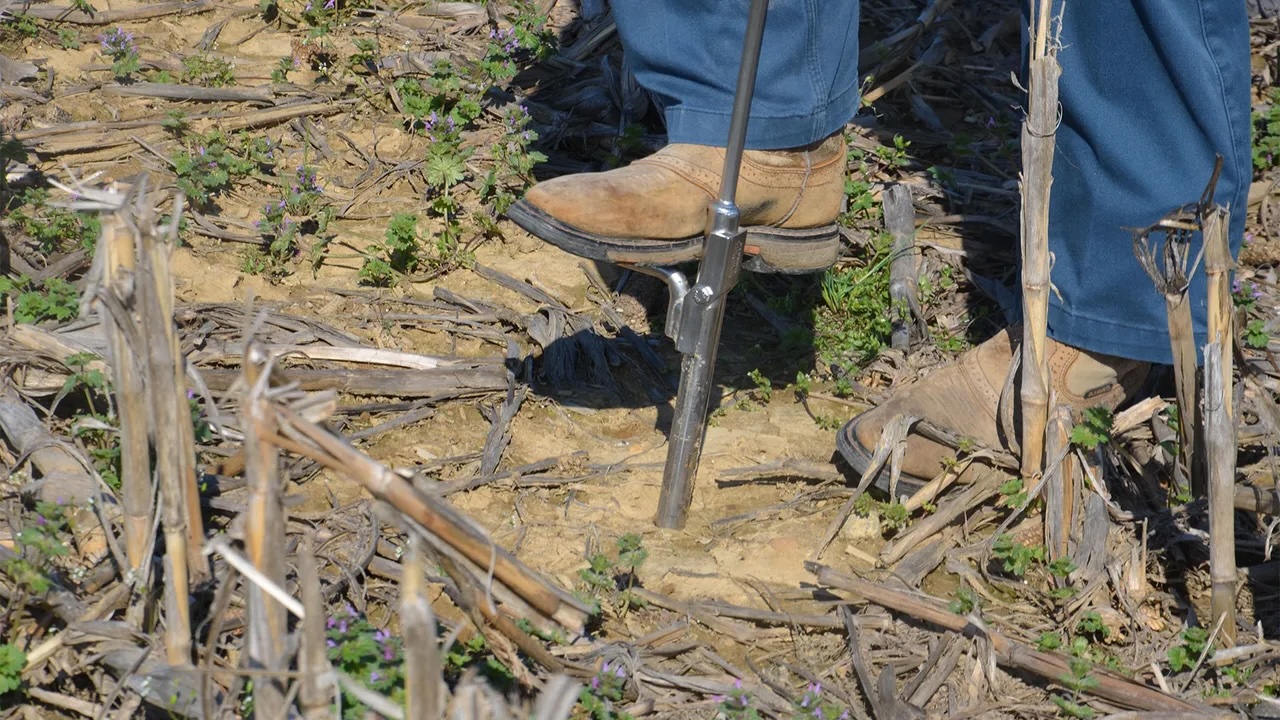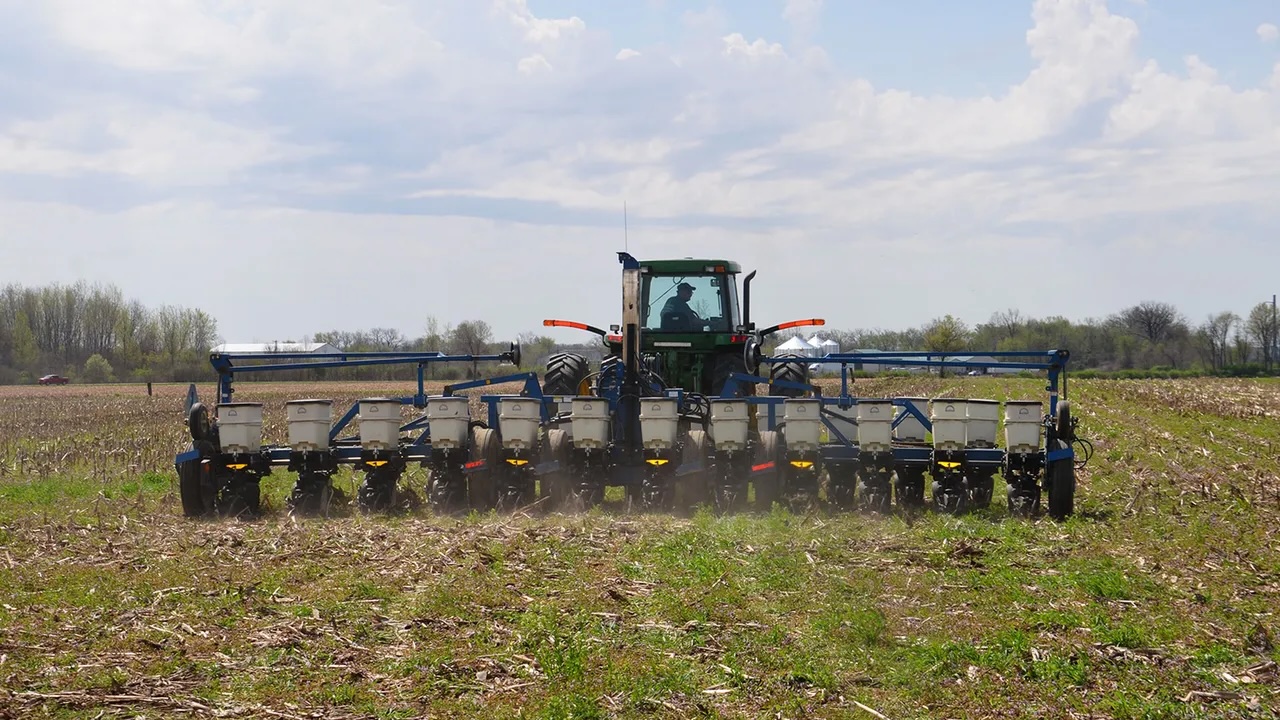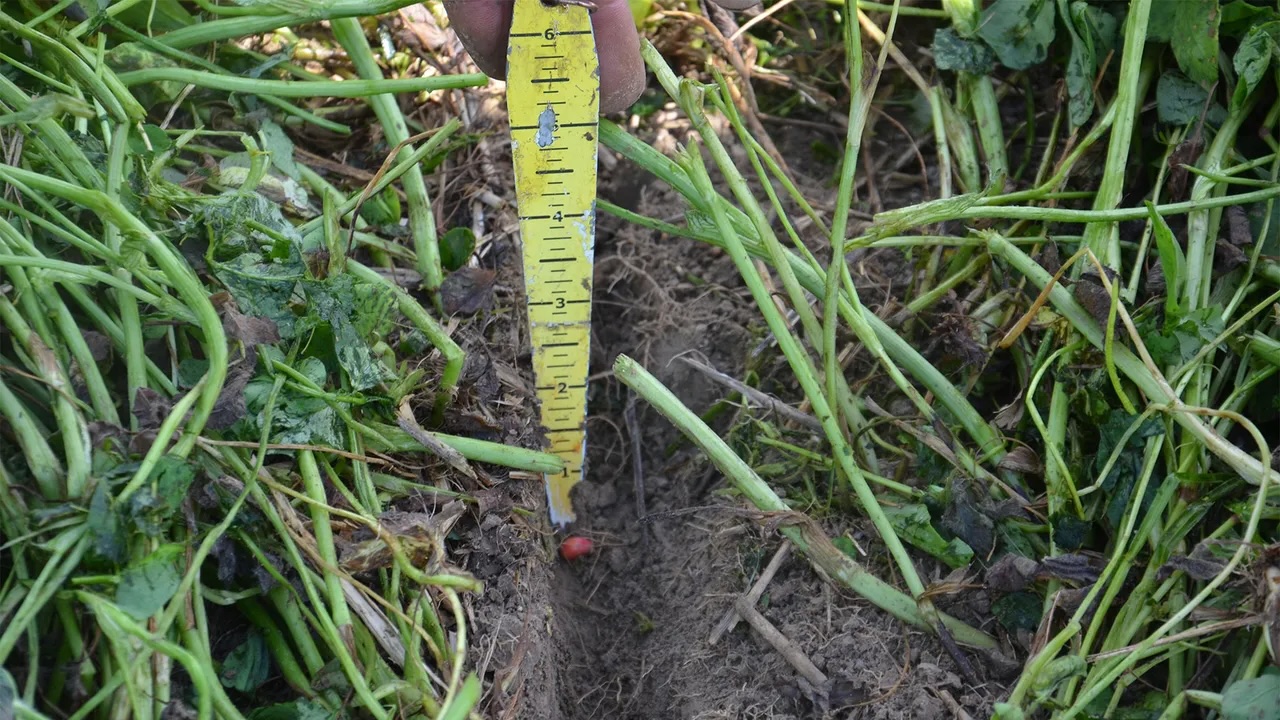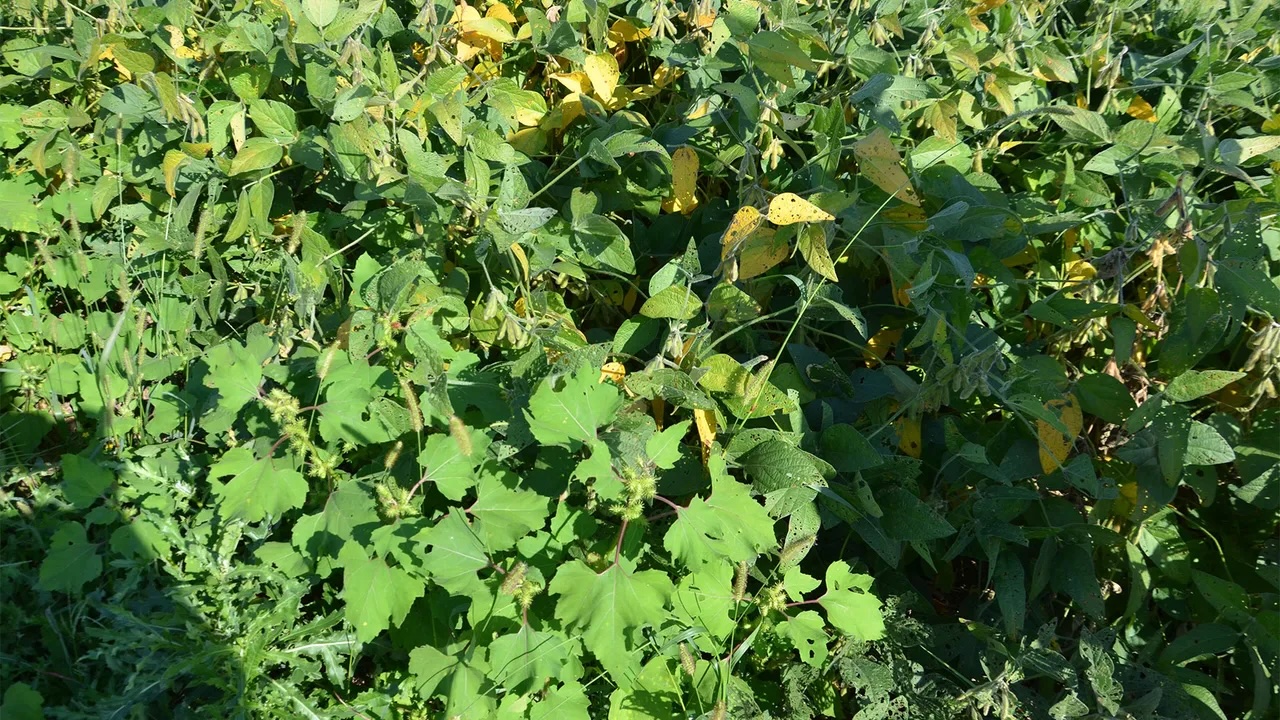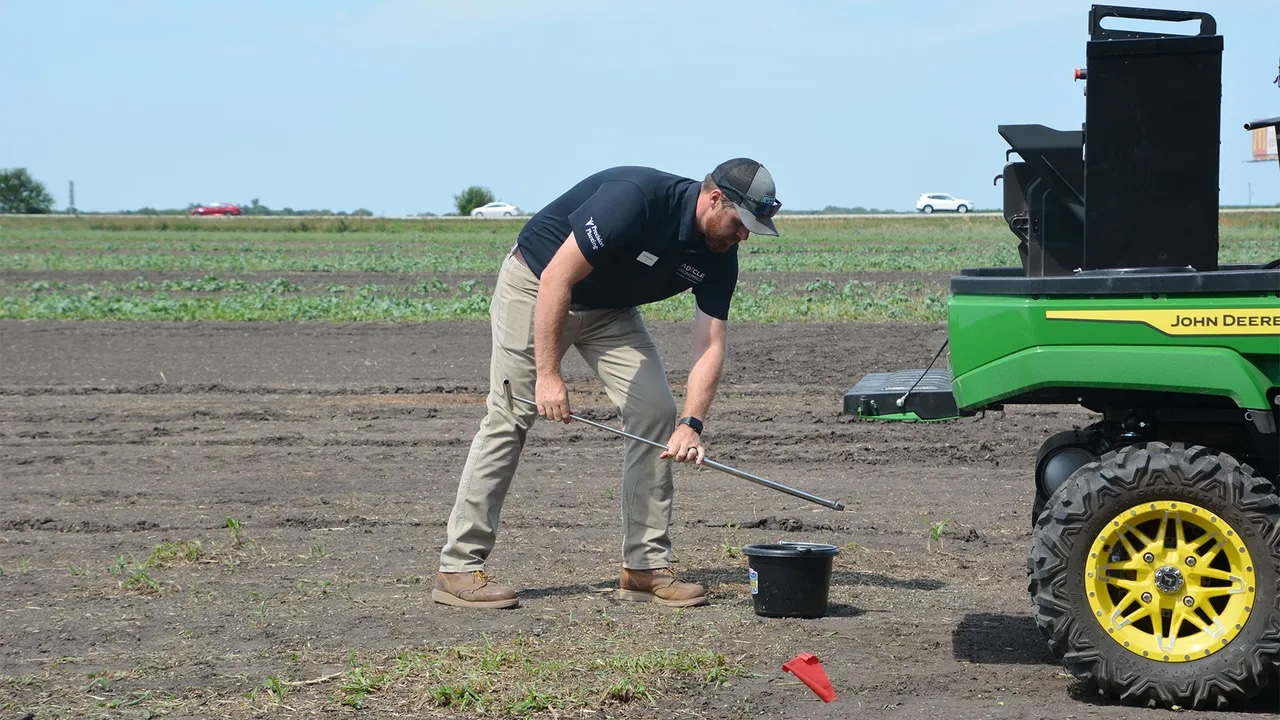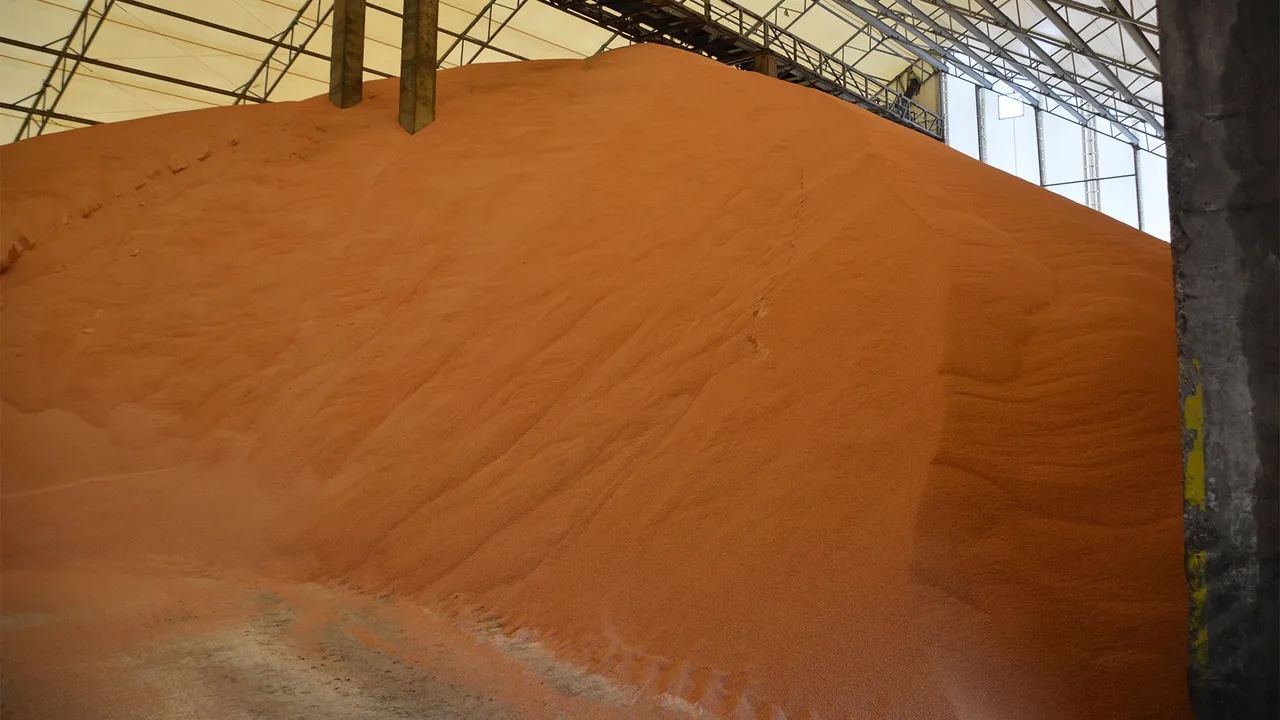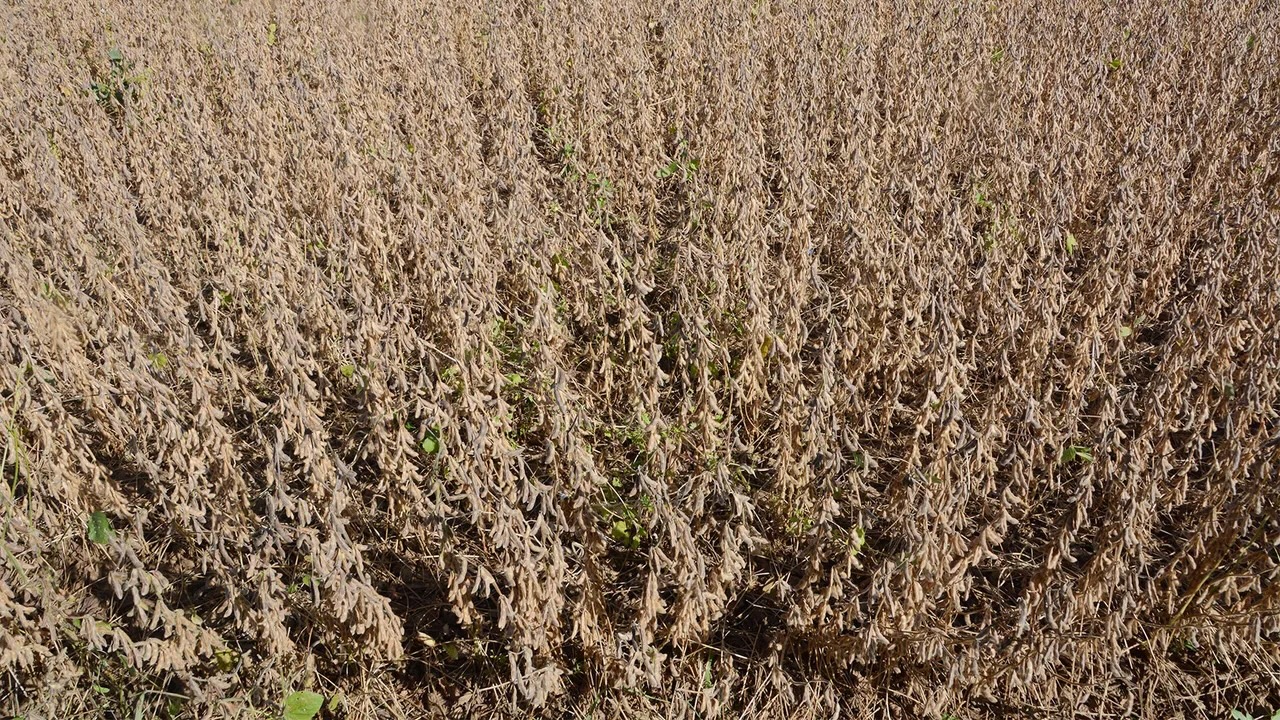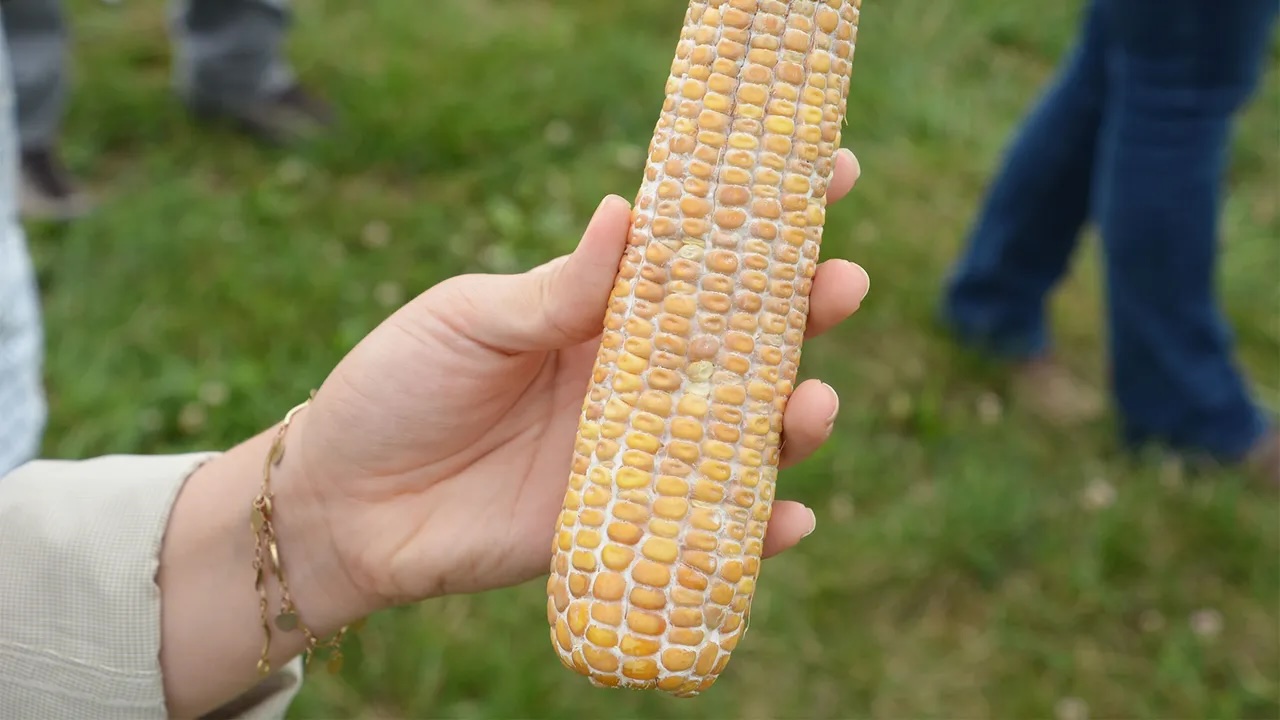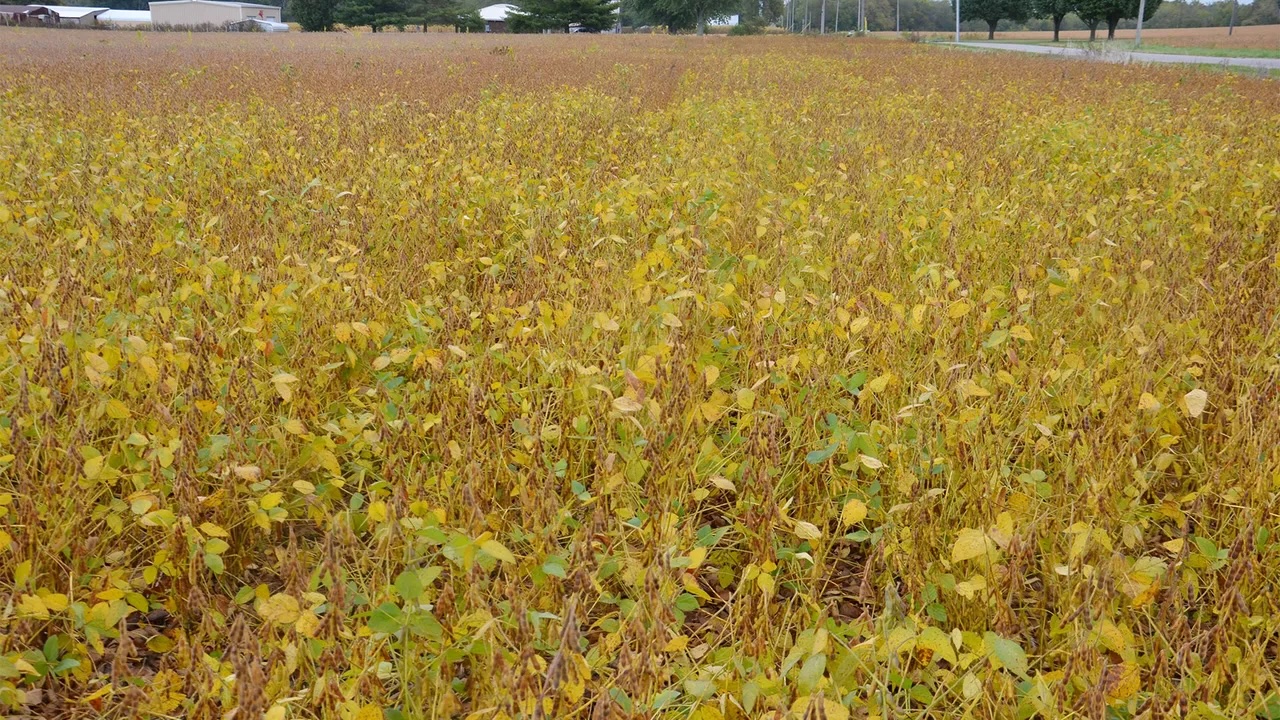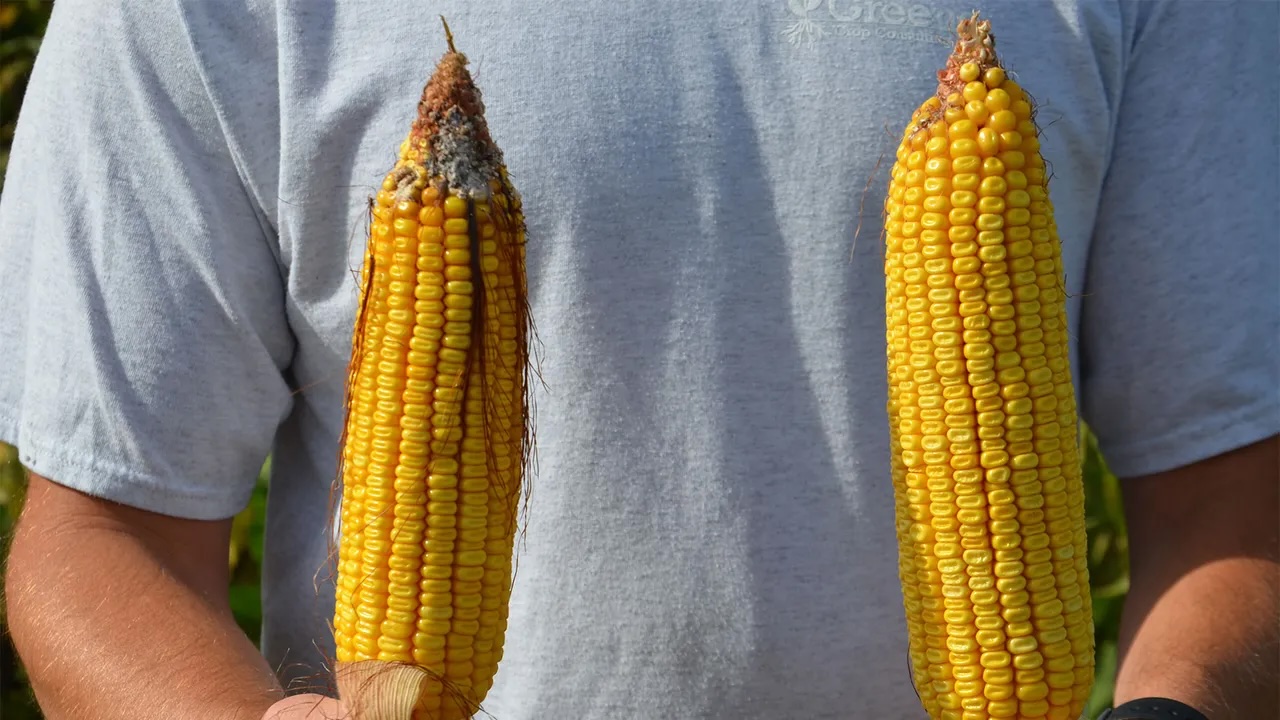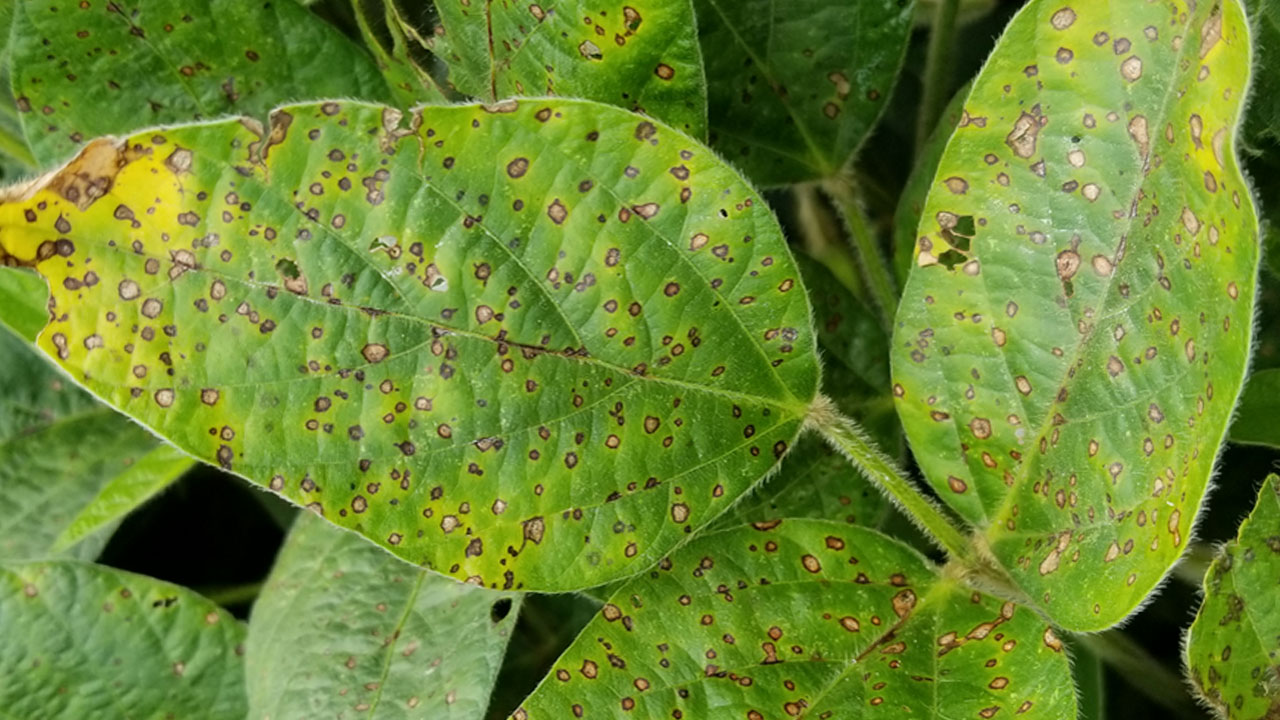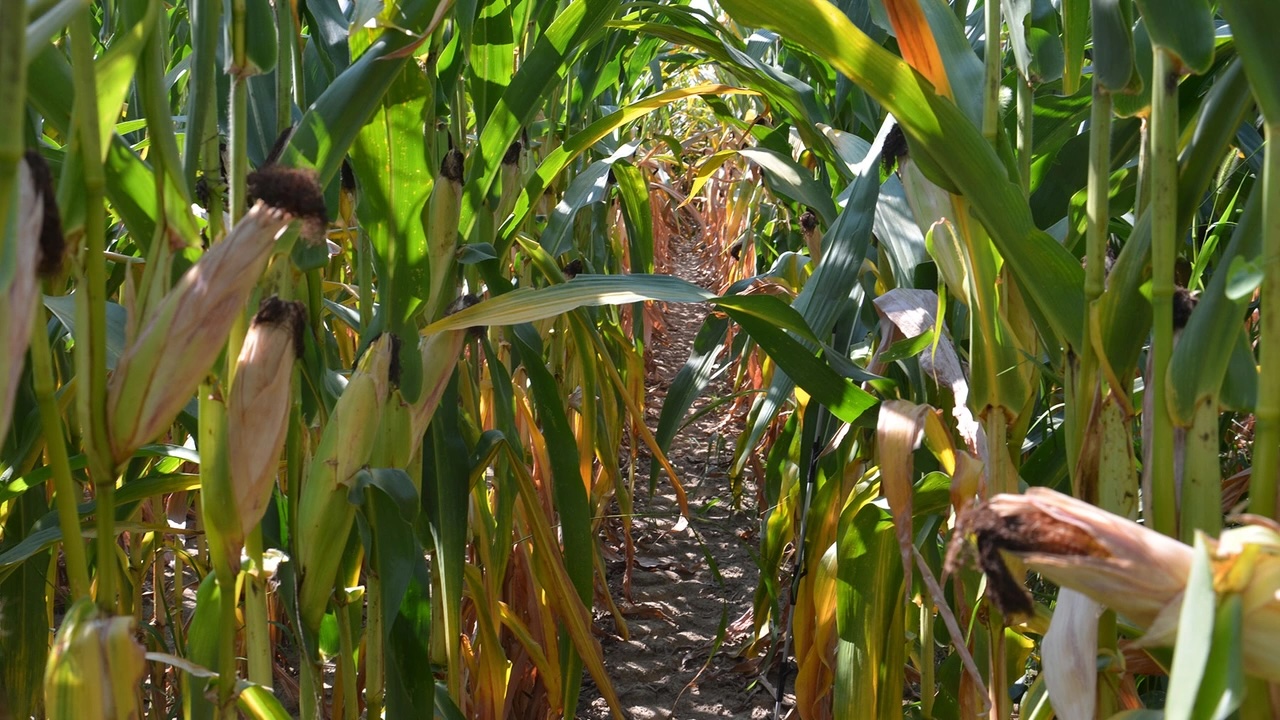Make better use of tissue sample results
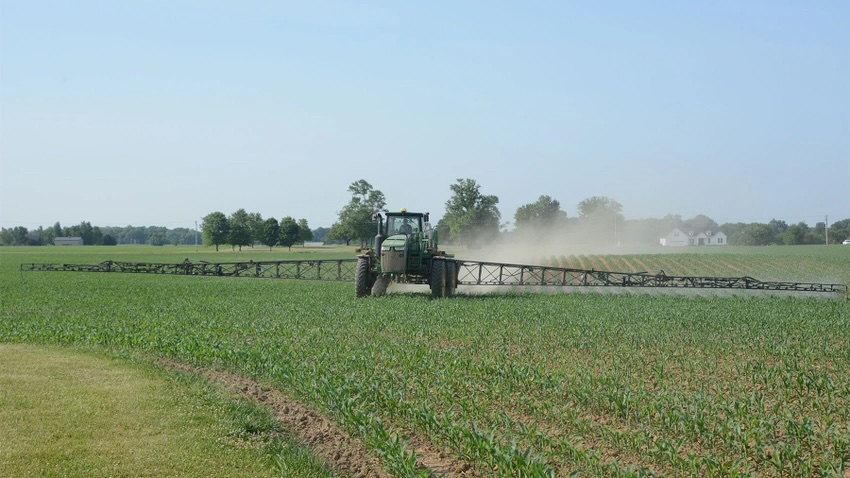
I pulled tissue samples in corn at V5 last year. Zinc and boron were low in some fields. When I got results, it was too late. If it happens again, what are my options?
The Indiana certified crop advisers panel answering this question includes Gene Flaningam, crops consultant, Vincennes; Carl Joern, field agronomist with Pioneer, northeast Indiana; Greg Kneubuhler, agronomist, G&K Concepts Inc., Harlan; and Dan Quinn, Purdue Extension corn specialist, West Lafayette.
Flaningam: If your tissue tests are consistently showing marginal levels, look at soil test values. Sometimes root development and nutrient availability are limited by cool, wet soils. If you can run row starter, look at adding liquid chelated products. Low soil tests should be addressed by broadcasting trace elements in a blend with dry fertilizer.
Joern: If your results came back too late, work with another provider! Many of them will have results to you within a week.
To determine when to justify an application, understand when the nutrient in question is taken up by the plant. In your example, it may be late for managing boron. Two-thirds of it is taken up before tassel. However, zinc is still taken up in large quantities after tassel and could be corrected later in the growing season.
Consider foliar products that contain sufficient nutrients to make up for the deficiency reported in the results. It is key to make the application when the leaves are receptive. Avoid applications if leaves might be rolled up due to drought or heat stress. Use enough carrier volume to ensure adequate leaf coverage.
Kneubuhler: Tissue sampling should be a routine process. Pull them throughout the growing season to monitor the trend in nutrients. Pulling once a season is a poor use of the information and is only a snapshot in time. I’d recommend pulling them at intervals like every 10 days. That helps either anticipate needs or prove results.
I would argue that if you pulled samples at V5 and noticed low values like zinc and boron, you still had plenty of window to make an application, as the crop is small enough to do so. As far as other options, use tissue samples to help make decisions for the following season, too.
Quinn: I would also simultaneously pull soil samples combined with tissue samples to get a better idea of nutrient deficiencies. Depending on when the plant was sampled and how it was sampled, deficiencies can show up on the report, but an additional application of zinc or boron still may not be needed. However, if these deficiencies are present in both tissue and soil samples on a consistent basis, it may be worth applying these nutrients.
In our research, the most efficient ways of applying zinc are through the planter, either in-furrow or via on-seed products. For boron, make a foliar application near the V5 to V6 growth stage. We often see minor response to zinc, often tied to low soil availability and high phosphorus soil test levels. Boron response is often very rare, especially in corn.
If you plan to make these applications, leave some strips without applications to get a better idea of application performance.


